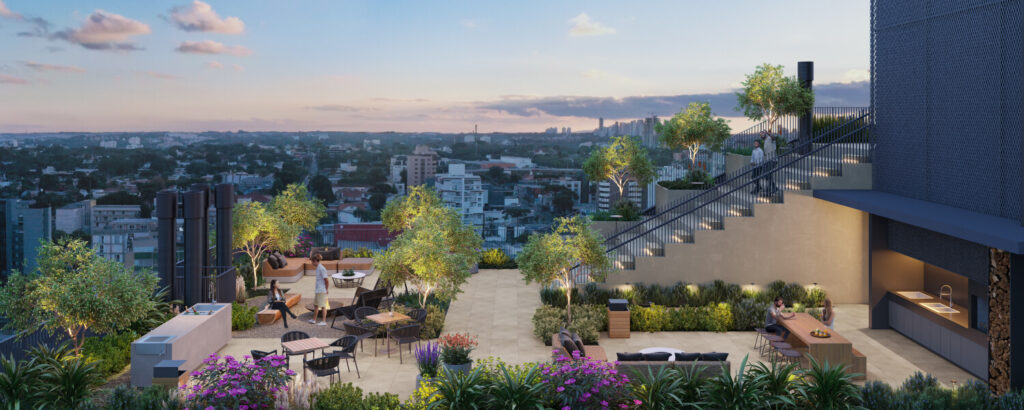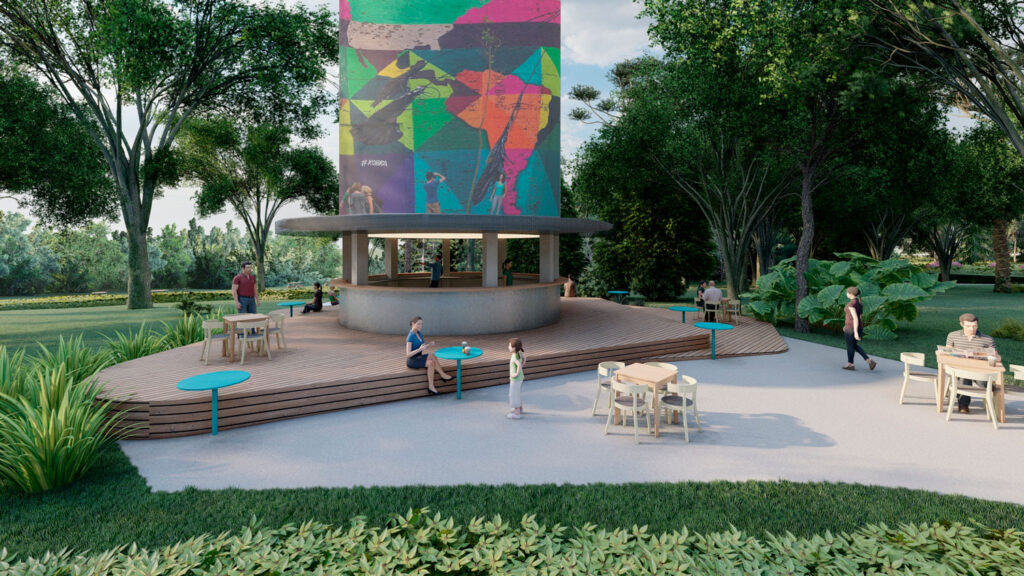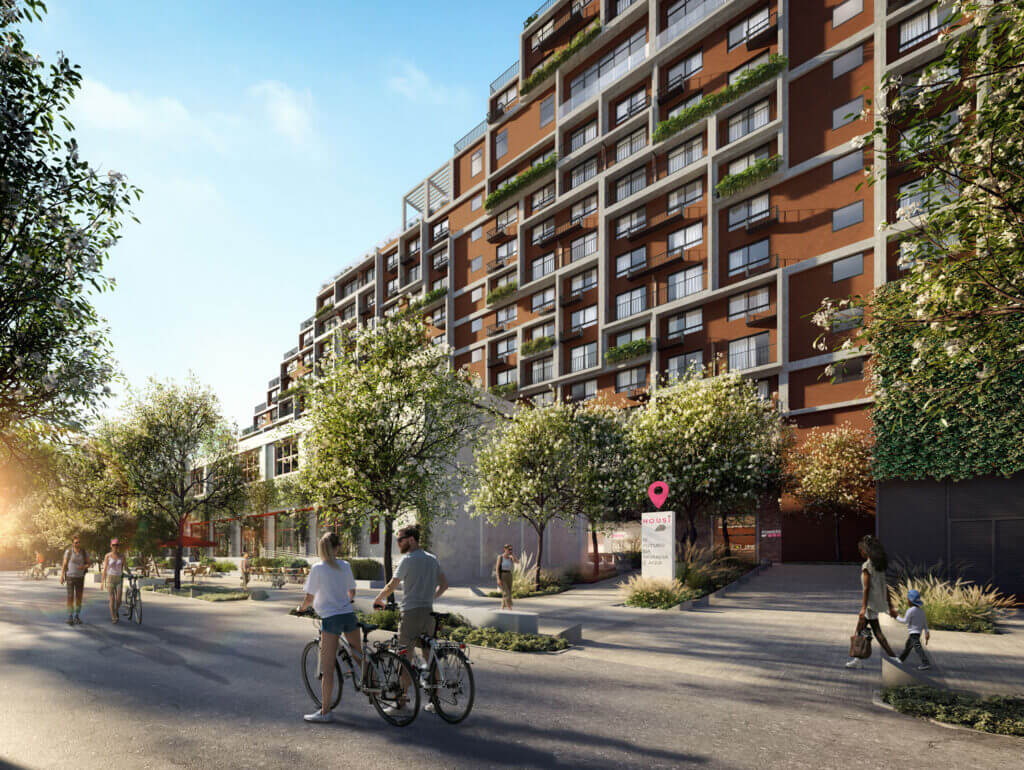Better understand the role and benefits of LEED certification and how it can be useful in your project. Follow the text!
What is LEED?
Leadership in Energy and Environmental Design (LEED) stands for Leadership in Energy and Environmental Design. Created by the United States Green Building Council (USGBC) in 1993, it is an organization whose purpose is to promote sustainable building practices.
American certification is present in over 160 countries. In Brazil, the first certified developments appeared in 2006 and, since then, it has gained more supporters.
When the USGBC realized that for practices to be measurable an industry-specific system was needed, the LEED rating system was created.
LEED certification has several types and modalities and exists to promote and encourage best practices in construction, making it sustainable and changing the market's mindset.
Enterprises seek to obtain LEED certification in order to reduce the damage to the environment caused by constructions, but in addition, it is possible to achieve a considerable improvement in electricity and water bills, among others, in addition to being environmentally correct.
In Brazil, an example of a certified project is the Mineirão stadium, which has photovoltaic panels (which generates significant savings in the electricity bill), and rainwater is reused internally.
LEED certification is often also beneficial for the health of employees, as it reduces the emission of toxic gases, which affect the quality of life of workers.
How does LEED work?
LEED is a certification that is granted to buildings and can be required at any time during construction, renovations and operation and maintenance. When certifying the project with LEED, nine dimensions are analyzed, with mandatory practices and recommendations, which become points for building. The certification levels (Silver, Gold and Platinum) are defined according to points, which can vary from 40 to 110.
In the certification, the following categories are evaluated: location and transport, integrated progress, sustainable land, energy and atmosphere, water efficiency, materials and resources, quality of the external environment, regional priority and innovation.
Why was LEED created?
LEED certification was created by the USGBC to encourage sustainable practices.
With this certification, it became easier to recognize environmental leadership in the construction sector, using a standard measurement method that promotes good sustainable practices.
Thus, green competition becomes clearer and more objective, since, with certification, it is possible to define which green buildings are and, thus, benefit the environment and the entire population.
Certification also serves to encourage competition on behalf of the environment and draw consumers' attention to the advantages of green building.
With this certification, the entire construction market is recreated and adapted to environmental practices, which is beneficial for everyone.
What are the benefits of LEED for architecture?
In addition to meeting the requirements to obtain certification, LEED certainly guarantees the quality of your project, as it promotes environmental, economic and social benefits.
For the environment, the advantages are countless, as the building pollutes considerably less than a non-certified one, reducing energy consumption, water and CO2 emissions.
Regarding the economic advantages, the building gains quality, which increases the value of the property and reduces obsolescence.
Social benefits are also important. The project provides for the health of employees, professional training, in addition to raising awareness among all those involved.
Get to know Plantar Ideias
Get to know Plantar Ideias' projects and find out how to take ESG (Environmental, Social and Corporate Governance or, in Portuguese, Environmental, Social and Corporate Governance) for your company.
Check also: Ideias sustentáveis | Design sustentável | Estudo de viabilidade arquitetura





